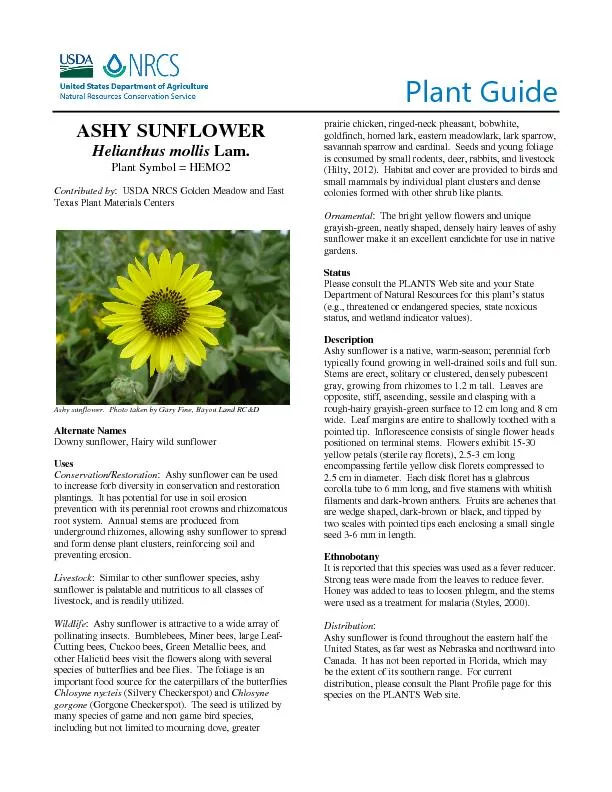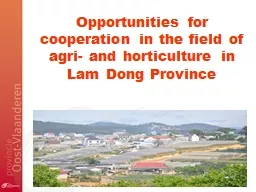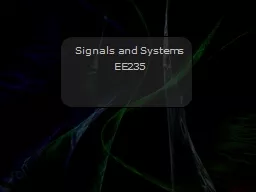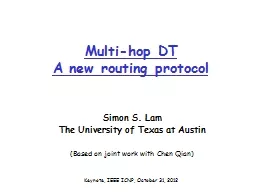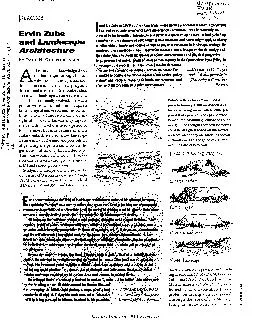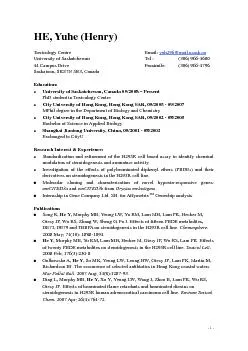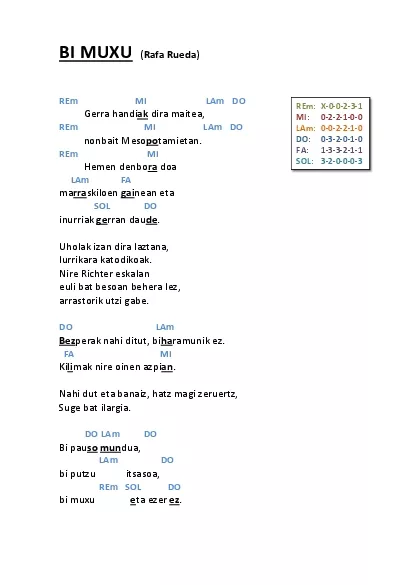PDF-ASHY SUNFLOWERHelianthus mollis Lam.Plant Symbol = HEMO2Contributed by
Author : alexa-scheidler | Published Date : 2016-03-01
Plant Guide xAttxachexd xBottxom xBBoxx 4x837x54 3x519x6 33x0 62x422x1 xSubtxype xFooxter xTypxe Pxaginxatioxn 00
Presentation Embed Code
Download Presentation
Download Presentation The PPT/PDF document "ASHY SUNFLOWERHelianthus mollis Lam.Plan..." is the property of its rightful owner. Permission is granted to download and print the materials on this website for personal, non-commercial use only, and to display it on your personal computer provided you do not modify the materials and that you retain all copyright notices contained in the materials. By downloading content from our website, you accept the terms of this agreement.
ASHY SUNFLOWERHelianthus mollis Lam.Plant Symbol = HEMO2Contributed by: Transcript
Download Rules Of Document
"ASHY SUNFLOWERHelianthus mollis Lam.Plant Symbol = HEMO2Contributed by"The content belongs to its owner. You may download and print it for personal use, without modification, and keep all copyright notices. By downloading, you agree to these terms.
Related Documents

